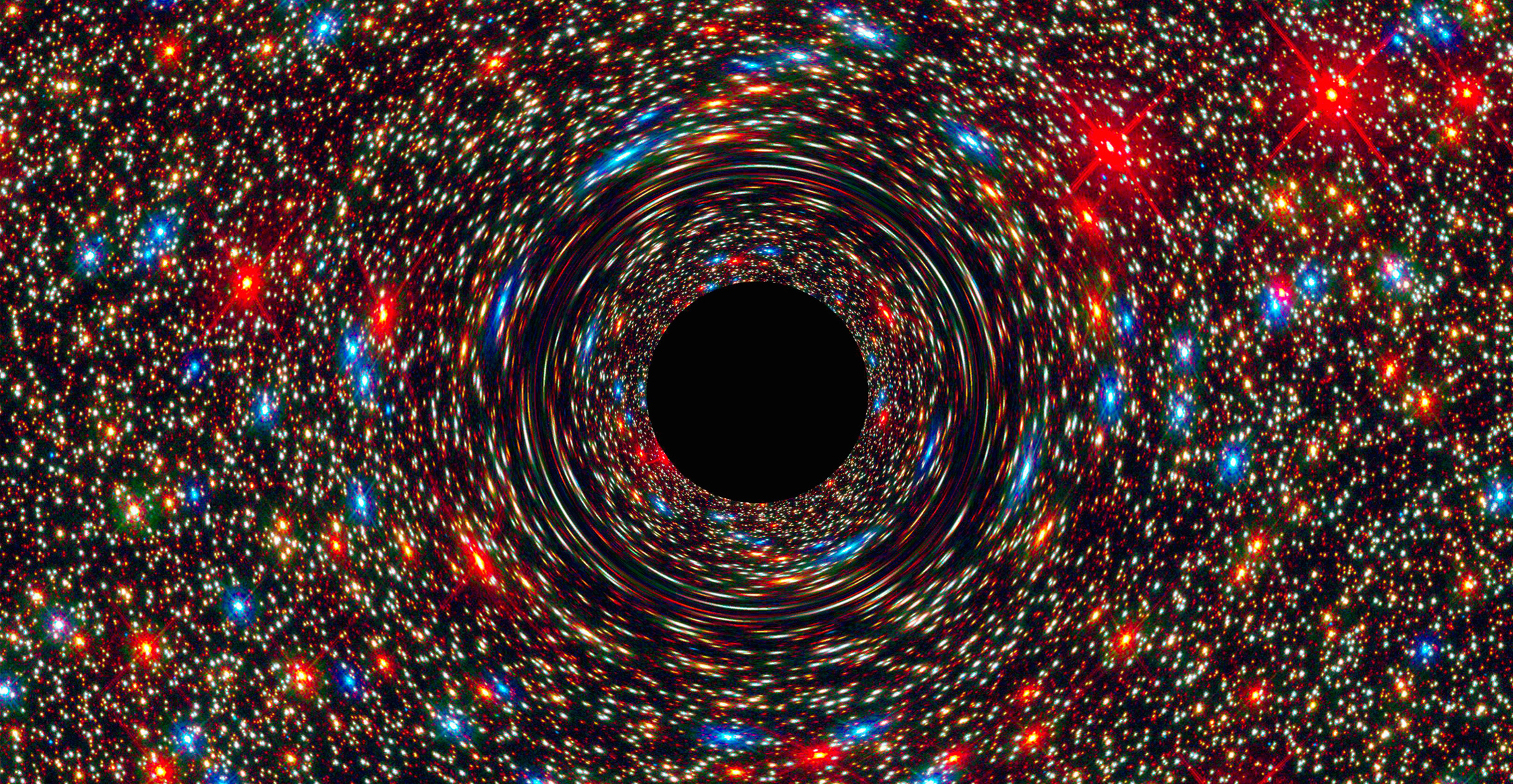Astronomers discovered a supermassive black hole in an unlikely place
And there may be more hiding around the universe

A newly discovered black hole is surprising astronomers, and just because it's monstrously big.
The black hole is about 17 billion times bigger than our sun, making it one of the largest ever found. But even more incredible, it potentially proves there are more giant black holes scattered around the universe than originally thought.
Usually black holes like this are found in larger galaxy clusters. This one, however, sits in a small cluster of around 20 galaxies.
To put that into perspective, the largest black hole ever seen, which is about 21 billion times bigger than our sun, sits in the crowded Coma galaxy cluster, which has over 1,000 galaxies, according to NASA.
Chung-Pei Ma, a University of California-Berkeley astronomer who led the discovery team, said finding a black hole of this size in such a sparse area of the universe (a "cosmic backwater") is like seeing a skyscraper in the middle of small town.
Ma explained that these smaller clusters of galaxies are more abundant than larger galaxy clusters like the Coma cluster.
"So the question now is, 'Is this the tip of an iceberg?'" Ma posed. "Maybe there are more monster black holes out there that don't live in a skyscraper in Manhattan, but in a tall building somewhere in the Midwestern plains."
Get daily insight, inspiration and deals in your inbox
Sign up for breaking news, reviews, opinion, top tech deals, and more.
Too big for its galaxy?
The surprises don't stop there. The black hole is also 10 times larger than what astronomers predicted due to the size of the galaxy - dubbed "NGC 1600" - it sits in.
"Based on previous Hubble surveys of black holes, astronomers had developed a correlation between a black hole's mass and the mass of its host galaxy's central bulge of stars – the larger the galaxy bulge, the proportionally more massive the black hole," NASA explained.
"But for galaxy NGC 1600, the giant black hole's mass far overshadows the mass of its relatively sparse bulge."
The researchers theorize that the size of the supermassive black hole can be attributed to it actually being two black holes, merging after two galaxies collided together years ago.
This theory may also explain why the area of the universe it sits in is so sparse, having "had a very voracious phase, during which it devoured lots of gas" that was funneled to the growing black hole by the collision of the galaxies, Ma explained.
The NGC 1600 supermassive black hole, which was observed using NASA's Hubble Space Telescope and the Gemini Telescope in Hawaii, is dormant. It was studied as part of the "Massive Survey", which looks at the most massive galaxies and supermassive black holes in the local universe. Can I have that job?
Image credit: NASA, ESA, D. Coe, J. Anderson, and R. van der Marel (STScI)